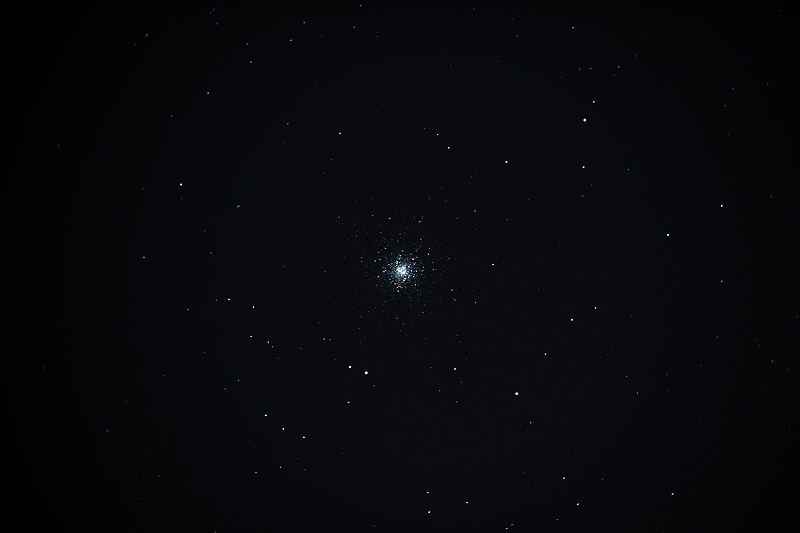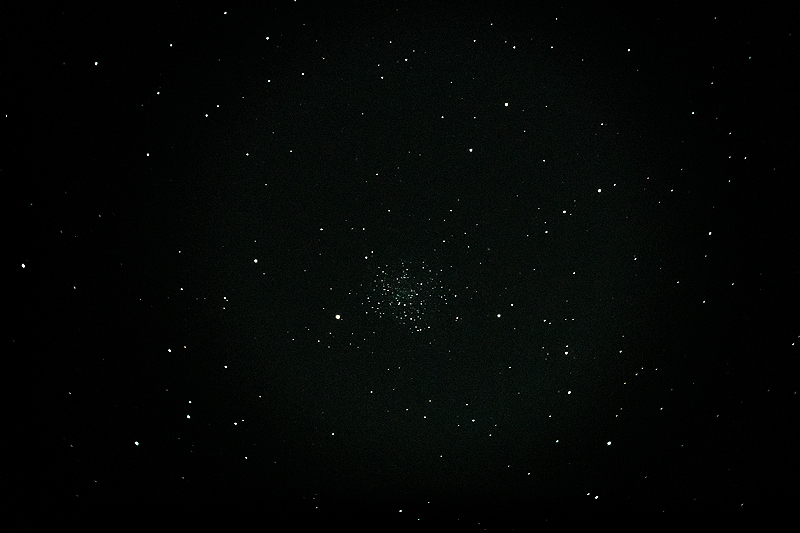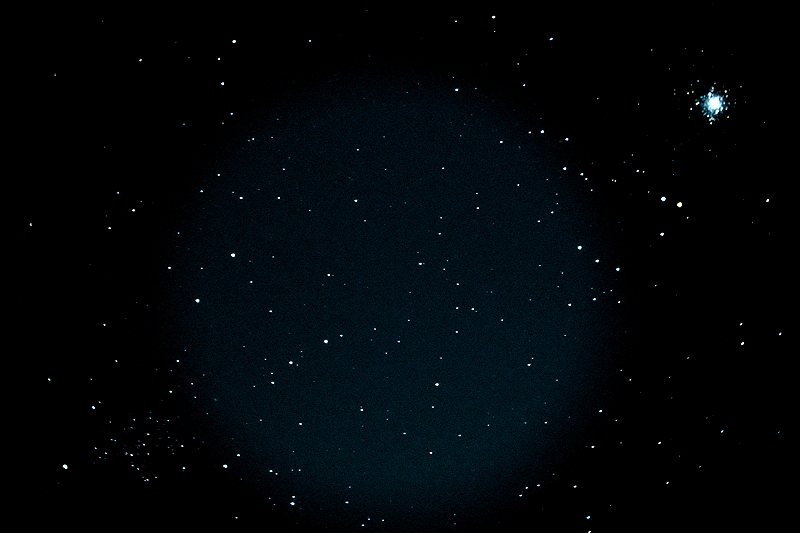M53 & NGC5053 Globular Clusters
Posted: 7 May 2023
|
Open: Saturday, 6 May 2023, 1855 MST Temperature: 72°F |
Session: 1862 Conditions: Clear |
Equipment:
12" f/8 LX600 w/StarLock
2" 24mm UWA eyepiece
2" 50mm eyepiece
Focal reducer
Camera:
iPhone 13 Pro Max
D850 DSLR
1903-1925 MST: Relaxed on observatory patio bench.
1912 MST: Sunset.

1926 MST: LX600 ON, StarLock OFF, High Precision OFF.
Viewed Venus, 102X.
Prepared D850 DSLR for imaging later.
1931 MST: High Precision ON.
Slewed to M53 (globular star cluster). It was not yet visible in the twilight sky.
1935-1950 MST: Relaxed on the bench while waiting for the sky to get darker.
1955 MST: M53 faintly visible in the twilight sky, 102X. Switched to the 2" 50mm eyepiece as both globular clusters should have been visible in the same field-of-view (FOV). Slewed to NGC5053 (globular cluster), but it was not visible.
2008 MST: Switched back to the 2" 24mm UWA eyepiece and viewed NGC5053, 102X. However, it was not easily identifiable as a globular cluster.
Mounted the D850 DSLR at prime focus + focal reducer, focused on the star Arcturus, locked the 12" mirror, and slewed to M53.
2017 MST: StarLock ON.
Did some framing test images to get both globular clusters in the same FOV. Was finally able to get both clusters at the extreme corners of the FOV.
M53 (30 seconds, ISO 1600)

NGC5053 (30 seconds, ISO 3200)

NGC5053 & M53 (60 seconds, ISO 3200)

2041 MST: StarLock OFF.
The eastern sky was brightening from the rising waning gibbous Moon.
2052 MST: LX600 OFF.
|
Close: Saturday, 6 May 2023, 2100 MST Temperature: 62°F |
Session Length: 2h 05m Conditions: Clear |
Comments are welcome using Email. Twitter users can use the button below to tweet this report to their followers. Thanks.
Cassiopeia Observatory Home Page
Copyright ©2023 Michael L. Weasner / mweasner@mac.com. Email Etiquette.
URL = http://www.weasner.com/co/Reports/2023/05/07/index.html
